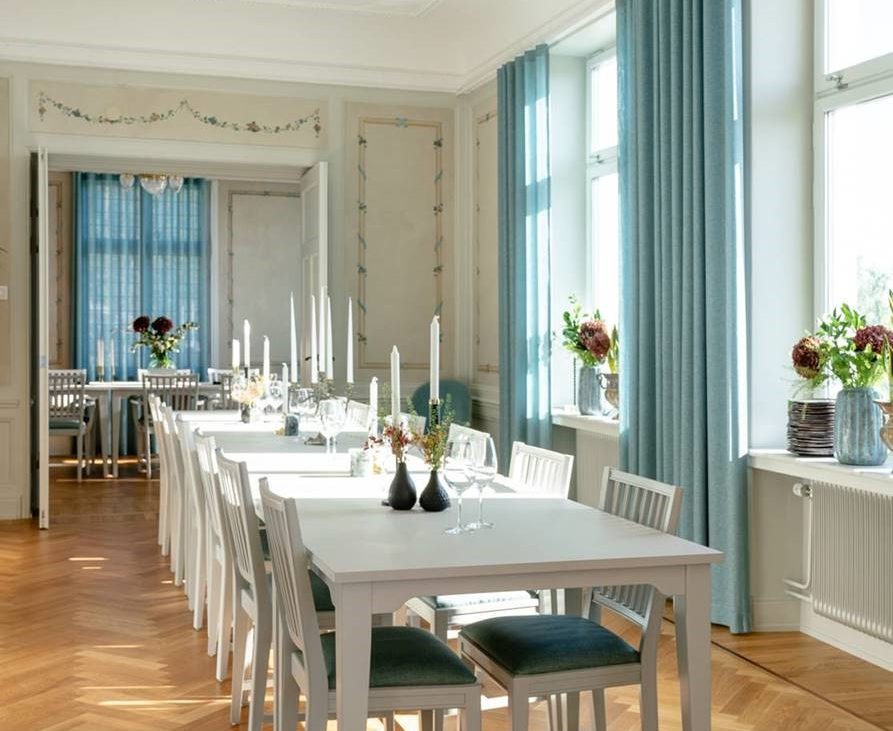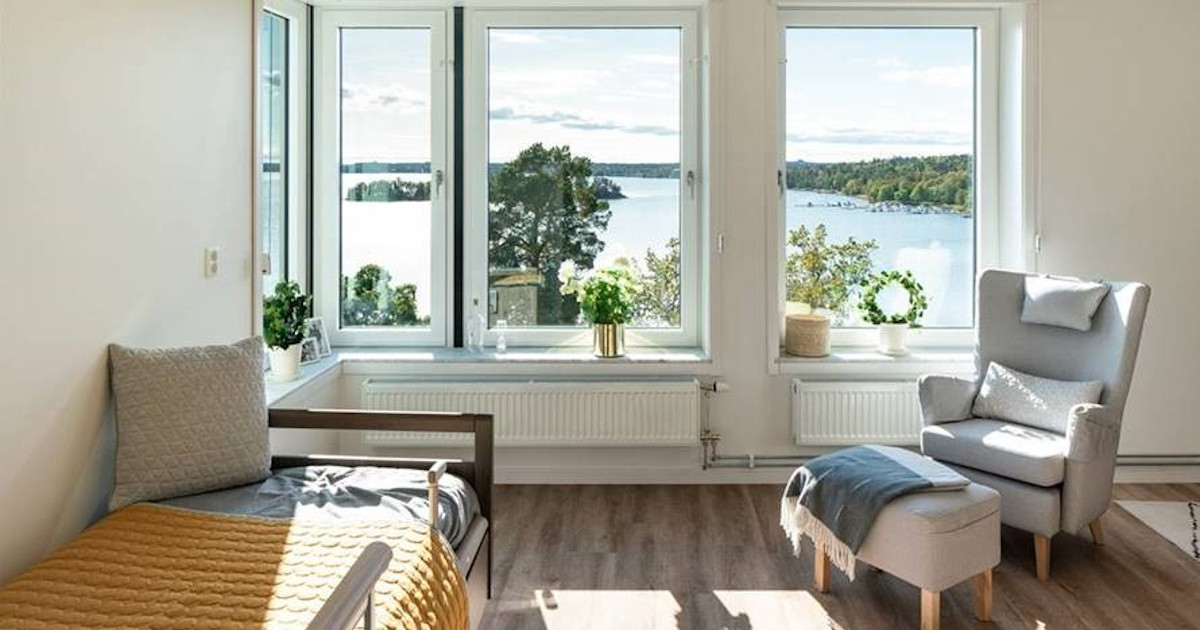How the nursing system differs from the German system
Different healthcare systems, different training requirements and working conditions – nursing differs all over the world. It is interesting to compare the German care system with that of its Scandinavian neighbors: Sweden & Co. are regarded as role models in care, while the care situation in Germany tends to make negative headlines. How the systems differ and what effects this can have is explained below.
Fundamentally different healthcare systems
The healthcare system in Scandinavian countries is based on the Beveridge model. This is characterized by its social security system, which in short means that Scandinavians have full insurance, with a certain rate of financial deductible. Otherwise, the entire system is financed by taxes and managed by the state. A major advantage of the model is that, through taxes, all residents of the country contribute to the health care system and everyone can rely on secure care. Scandinavia thus has a system for the citizen.
Germany, on the other hand, uses the Bismarck model, in which financial gains are a key objective. As a result, according to a study by the Hans Böckler Foundation, an average of 13 people in need of care have to be cared for by one specialist. Costs are saved on personnel. By way of comparison, in neighboring Scandinavia, Sweden, there are just under seven people to be cared for for everyone nursing professional. But the financially oriented German healthcare system also has a trump card up its sleeve: There is a wide range of medications, alternative healing methods and forms of therapy. This is an advantage when the state is not the only one controlling the healthcare system, but private investors also play a role.

© 2022 Silver Life AB
Working conditions and stress
Underpayment, overtime, nursing shortages. It is no secret that these terms have characterized the nursing profession in Germany for decades. In Scandinavia, on the other hand, the profession seems to be more attractive. This is reflected in the figures: Whereas in Germany around eight out of every 1,000 inhabitants venture into nursing, Norway can boast just under twice that number of nursing professionals.
The more people in need of care have to be cared for at the same time, the worse the working conditions for the skilled workers. Low wages in Germany also lead to a shortage of personnel. And the quality of care inevitably suffers as a result. According to the Hans Böckler Foundation, there is currently a shortage of skilled workers of more than 100,000 full-time positions. These figures explain why caregivers in Germany often lack the time for the individual behind the care task.
By contrast, Germany can learn something from a look at northern Europe: sufficient caregivers mean that the person being cared for is dealt with properly. There, one specialist looks after between four and seven people in need of care at the same time. This allows both parties to be in close, constant contact with each other. This is a big plus for the quality of care. However, bringing the level of care in Germany up to Scandinavian standards will require more than just filling the gap in skilled workers. Health system researcher Michael Simon currently estimates that an additional 160,000 to 260,000 full-time employees would be needed to reach the same level as the Nordic model countries.

© 2022 Silver Life AB
Academic requirements and appreciation
The Scandinavian training system also offers learning material. This is because Norway & Co. place a great deal of emphasis on ensuring that the healthcare and nursing professions are highly qualified. While this means that most nursing staff have an academic education – from bachelor’s degrees to master’s degrees to post-doctoral degrees – training in Germany is less academically demanding. In-company, three-year training starting with the secondary school certificate still seems to be the standard in this country. One example: Only 0.34 percent of nurses in outpatient care services have a university degree.
The Swedish course of study to become a nursing specialist also takes three years but requires a high school diploma. In addition, it is generalized – nursing and geriatric care are learned at the same time – and additional specialized training only follows the basic studies. Thanks to academization and generalist training, Scandinavian nurses are more involved in decision-making processes that are reserved for physicians in our country. For example, a Norwegian specialist is allowed to prescribe medication or refer patients to specialist doctors. This makes the profession more attractive and also guarantees a high quality of care.
There are also differences in terms of appreciation – whether financial or human. In the north, nursing staff earn more on average than in German retirement homes and hospitals. In addition, the professionals enjoy a high status. The reason for this, apart from academization, is that medical professionals are scarce and expensive in Scandinavia. As a result, caregivers are not only expected to do more medically. Those to be cared for also value and trust their decisions more. So, in Scandinavia, care is provided on an equal footing, while the social prestige of the profession in Germany could still use an upgrade.


